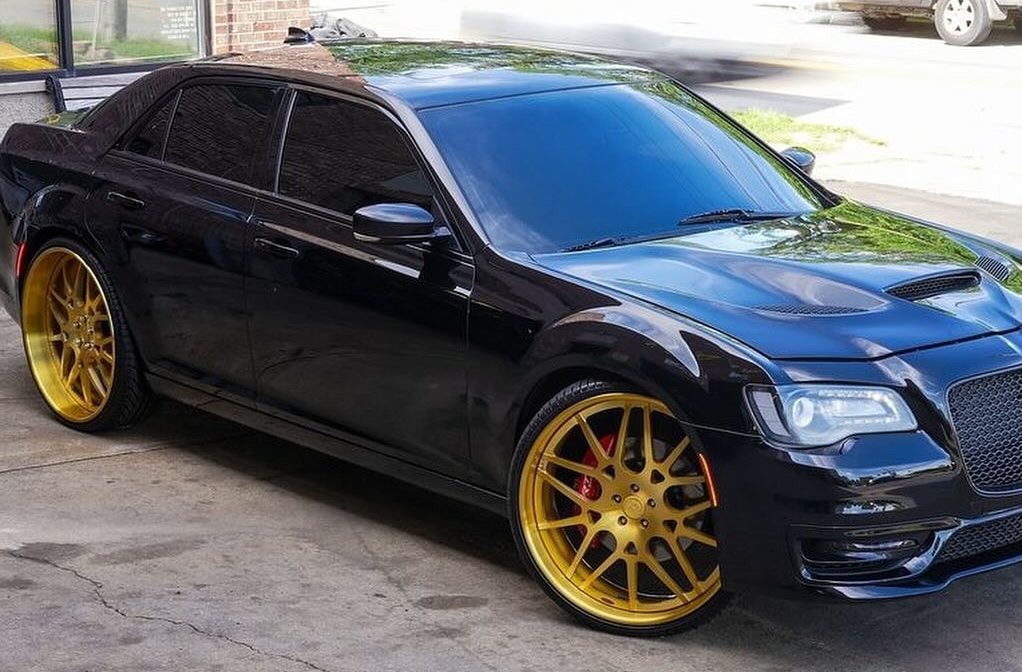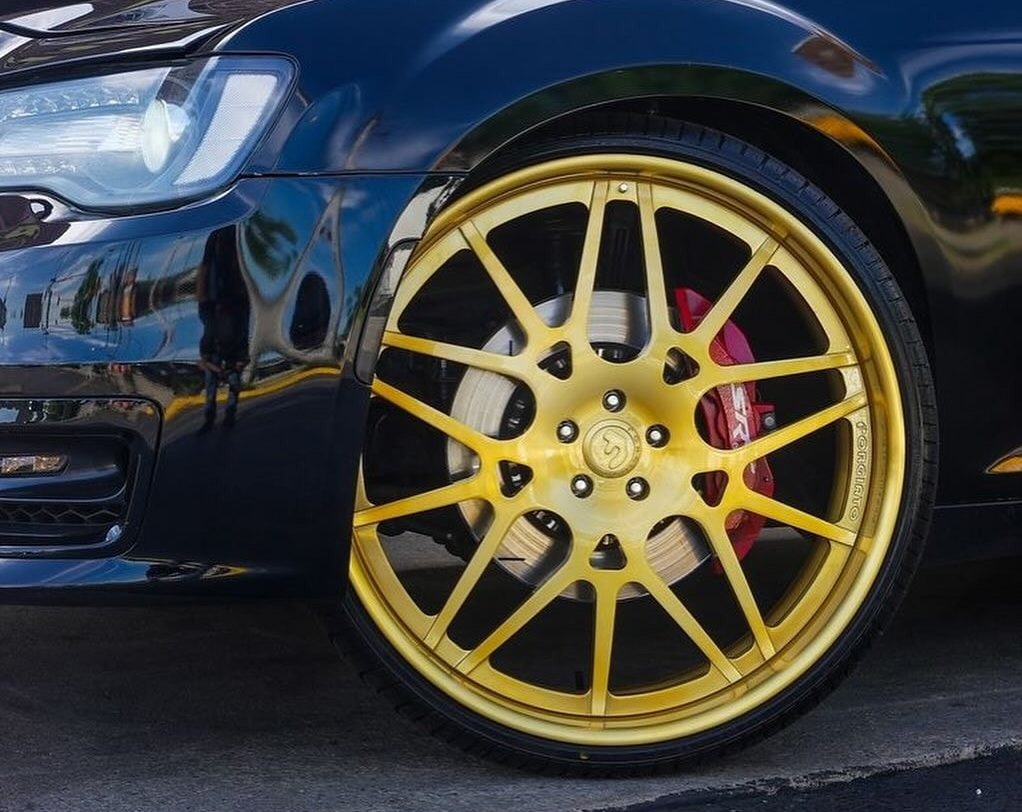Chrysler, once a titan of American automotive manufacturing, has fallen on hard times under Stellantis ownership. The brand’s dramatic decline is most evident in its product lineup, now reduced to a solitary model: the Pacifica minivan.
This stands in stark contrast to the brand’s former glory days, exemplified by the now-discontinued 300 sedan. Sharing its underpinnings with the Mercedes-Benz E-Class and its Dodge Charger and Challenger counterparts, the 300 was a potent blend of luxury and performance.
It’s muscular design and powerful V8 engine options cultivated a dedicated following. Yet, despite its heritage and loyal fanbase, the 300’s discontinuation signals a troubling trajectory for Chrysler.

As Stellantis pivots towards electrification and SUV dominance across its other brands, the future of Chrysler remains shrouded in uncertainty.
With a shrinking product portfolio and an unclear strategic direction, the brand’s place within the automotive world is increasingly tenuous, leaving enthusiasts and industry analysts alike to question its long-term viability.
The Chrysler 300, once a stalwart of the American automotive world, continues to linger in the public consciousness, albeit in drastically altered form. A recent social media sensation showcases a prime example of this trend.
The vehicle, clearly the product of an enthusiast with an affinity for excess, boasts an aggressive makeover that’s hard to ignore. Dominating the scene are colossal 26-inch Forgiato wheels finished in a gaudy gold hue.

These behemoths spin around equally eye-catching red brake calipers, a stark contrast against the car’s sinister black exterior. The effect is a brash, over-the-top aesthetic that’s as divisive as it is attention-grabbing.

